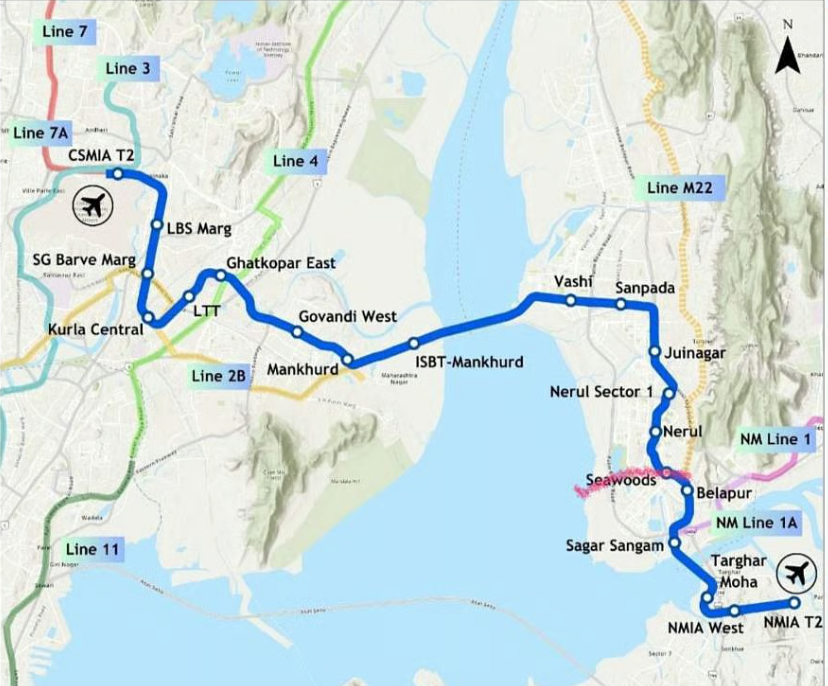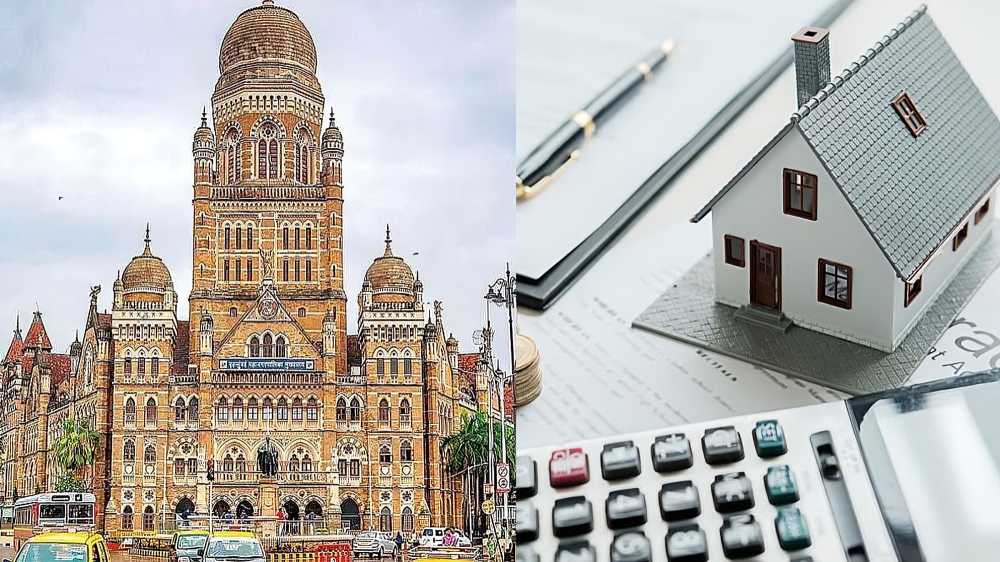The southwest monsoon made a dramatic entry into Mumbai on Monday—nearly 15 days ahead of schedule—bringing with it torrential rain that battered the city from 6am until mid-afternoon. The earliest monsoon onset recorded in the city’s history caught residents and civic authorities off guard.
The India Meteorological Department (IMD) continuously revised its warnings as the situation escalated—from a yellow alert issued in the morning, upgraded to orange midday, and finally a red alert at 12:30pm. Most office-goers, unaware of the incoming deluge, had already stepped out, only to be stranded in heavy downpours and stormy conditions.
The Brihanmumbai Municipal Corporation (BMC), lagging behind in its monsoon preparedness efforts, struggled to manage widespread waterlogging. Notably, several low-lying areas were inundated, along with previously unaffected zones, highlighting gaps in drainage infrastructure.
Public transport bore the brunt of the disruption. Railway services on the Harbour Line were briefly suspended, while the metro system also faced setbacks, including waterlogging at the Acharya Atre Chowk station on the Aqua Line.
Nariman Point recorded the highest rainfall in the island city, registering a staggering 250mm between 10pm on Sunday and 11am on Monday. Other parts of the island city saw over 100mm of rain. In several upscale neighbourhoods, both pedestrians and vehicles waded through waist-deep water, bringing daily life to a crawl. The western and eastern suburbs, although less impacted, still received nearly half the rainfall seen in the city centre.
The early monsoon has raised serious questions about Mumbai’s preparedness, particularly the BMC’s readiness to handle the rains, with experts warning that more intense showers are expected in the coming days.
Source: Hindustan Times





